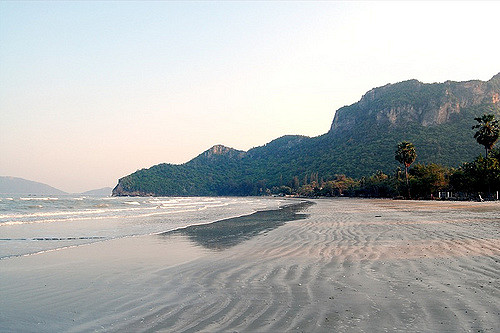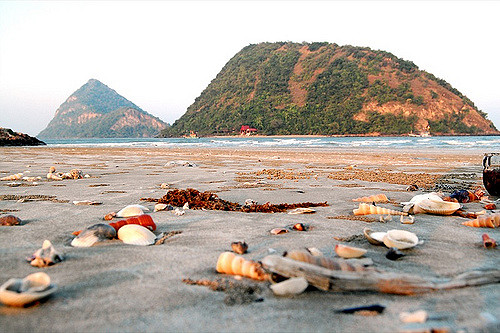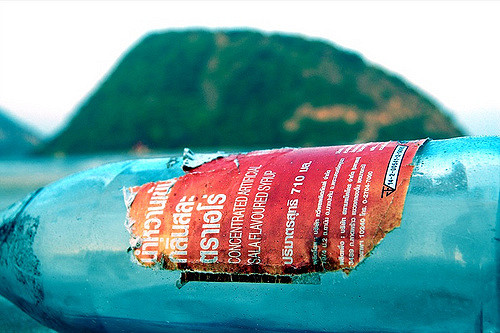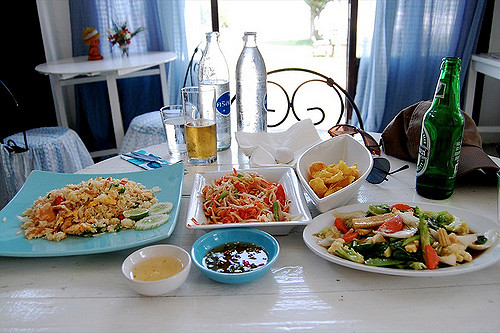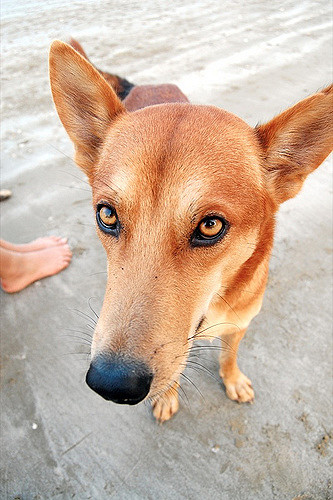Many months ago, Newley.com reader Paul D., who lives in California, asked me for advice on learning Thai. While I’m not an expert and certainly not an advanced speaker, here’s a slightly expanded version of what I told him based on my experience as an enthusiastic — but far from talented — student. I invite those of you out there who know more about this than I do to weigh in with a comment below.
1. Get some good books. For non-academic texts, I like the straightforward Teach Yourself Thai. Another book that I’ve found useful is Thai Without Tears, mostly because it lays out an intuitive phonetic system. Another option, if you’re looking for a slim volume, is the Lonely Planet Thai Phrasebook, though this is clearly written with the tourist in mind.
2. Take advantage of audio materials. I’ve really enjoyed listening to Pimsleur’s Thai language CDs. My feeling is that some of the phrasing used in the dialogues is a bit proper (and I prefer a more colloquial approach), but I like the emphasis on repetition, and the lessons are structured nicely, with basic elements repeated over and over again. You might even be able to find some Thai podcasts.
3. Naturally, you should arrange for a Thai tutor or enroll in a Thai class. I take one-on-one lessons and, though I should certainly study more, I’ve found this to be invaluable over the long term. Be sure to choose a teacher who’s had experience with foreign students.
4. Try to study at a little bit each day. An hour — or even 15 minutes — every day is more effective, I’ve found, than many hours once a week.
5. Learn the Thai alphabet. It’s not as hard as you’d think. Get some flash cards and some workbooks made for children.
6. Feel free to design your own curriculum. I found it helpful to make a list of the 50 or 100 words that were most important for me to learn for daily use. This would include frequent events like talking to taxi drivers, asking for directions on the street, ordering food in a restaurant, etc. But I’ve also focused on specific words based on my interests. For example, I play soccer and found it interesting to learn some of the vocabulary specific to the game.
7. It’s important to be patient and have a sense of humor. Situations where you’re uncomfortable — where you really need to say something the right way to be understood — are just as important in the learning process as time in the classroom. Talk to taxi drivers about their favorite foods. Ask your neighbors how to pronounce words you’re having trouble with. Ask your friendly local fruit vendor to tell you how to pronounce the name of that strange fruit he or she is selling.
Here’re some resources for further reading:
— LearningThai.com has some online lessons and other information.
— EnjoyThaiFood.com has a wealth of great food-centric info.
— The Thai language Wikipedia page makes for a good general overview.
— The Learn to Read Thai Web site offers info on the Thai alphabet.
— How and Why to Learn Thai contains an overview of Thai syntax, vocabulary, and other elements.
— I’ve heard great things about Stuart Jay Raj’s Cracking Thai Fundamentals course. He takes an interesting approach to demystifying the language for non-Thai speakers.




















